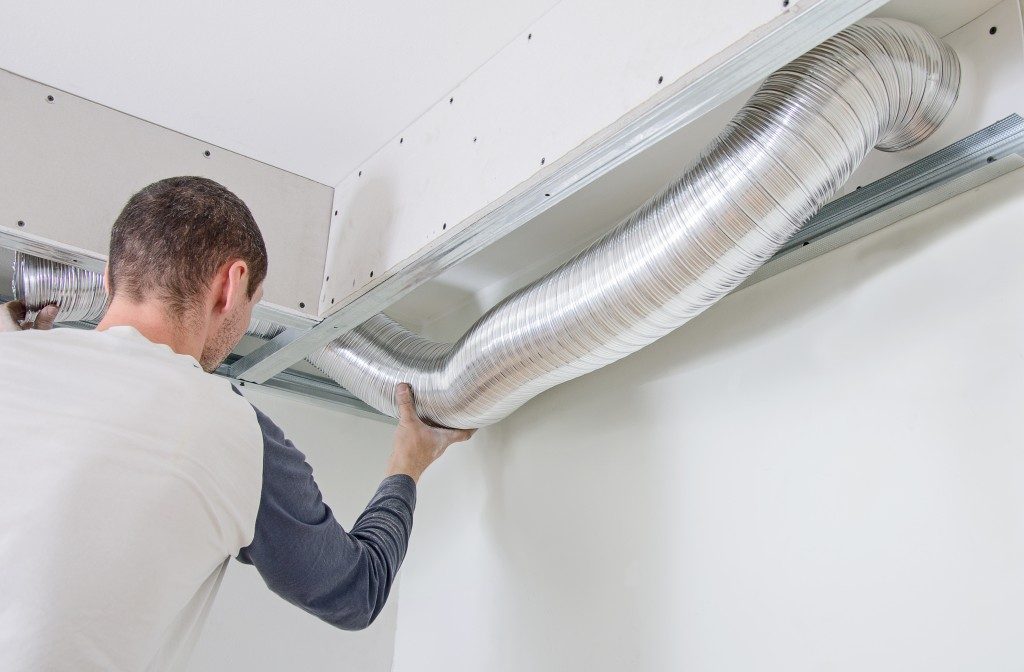We already know that pollutants outside the house, such as smog, are an enormous cause for concern. But this doesn’t necessarily mean your home’s indoor air quality is just fine. The problem is, various chemicals inside the average home could also pollute indoor air, which makes investigating the air you breathe vital to you and your family’s health.
So how can homeowners know if they should worry about their home’s indoor air quality? Keep an eye on these common warning signs:
- You’ve seen problems, such as extra dirt, on your HVAC unit.
- You feel sick to some degree when inside the house and better when you are out.
- You see mold somewhere in your house.
- You feel the air is poorly circulating.
- The flue or chimney is damaged.
- Your home is humid.
- The air interior your home has a distinct smell, such as stuffy or moldy, that won’t go away.
- You experience noticeable changes to you and your family’s health after remodeling or renovating your home.
In the event that you feel your indoor air quality has been compromised, you can conduct your own testing or schedule professional home inspections to determine if certain pollutants have infiltrated your home in Provo and are affecting your family’s health.
What Could Be Polluting Your Indoor Air?
Prior to testing, you should be aware of the potential culprits. Below are some of the most common causes of indoor air pollution:
- Household chemicals
- Lead
- Radon
- Asbestos
- Carbon monoxide
- Pet dander and fur
- Molds and dust
- Formaldehyde
- Cockroaches and rodents
Where Could These Indoor Air Pollutants Be Coming From?
There are various ways that pollutants can compromise your home’s indoor air quality. This is especially true if the ventilation inside your home isn’t as good as it should be. Pollutants could be originating from cleaning products, solvents, household chemicals, and outdoor air pollutants that sneak their way into your house. They could be coming from pesticides, poorly vented stoves or furnaces, faulty space heaters, as well as coal, gas, wood, oil, and kerosene that is burned to heat your home. Other potential sources include insulation with asbestos and tobacco smoke.
Why Indoor Air Quality Matters A Lot

The pollutants that contaminate your home’s indoor air could increase your risk of developing asthma, allergies, and chronic respiratory problems. Additionally, long-term exposure to these pollutants can lead to the development of heart disease and even lung cancer. To fix your home’s indoor air quality, accurate testing is a must to determine what might be lurking inside your house.
You should likewise install a potent air cleaning system to get rid of pollutants that might be hiding in plain sight. Make sure the ventilation system in your home is working well to help minimize humidity and prevent mildew and mold growth.
Take the necessary steps to address indoor air quality concerns in your home by identifying the culprits and eliminating them. Your lungs and the entire family will thank you for it. For accurate testing and treatment, get the help of professionals.

